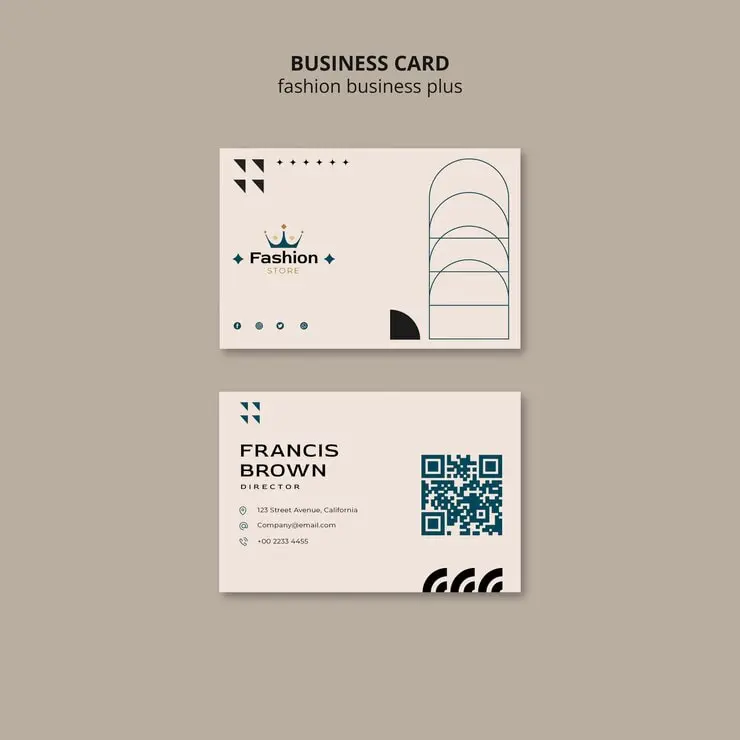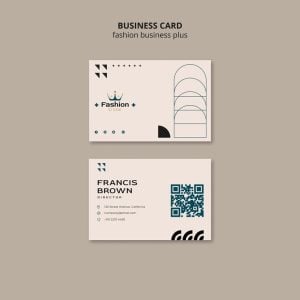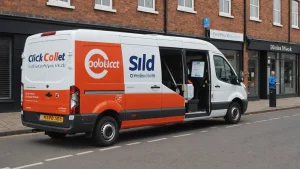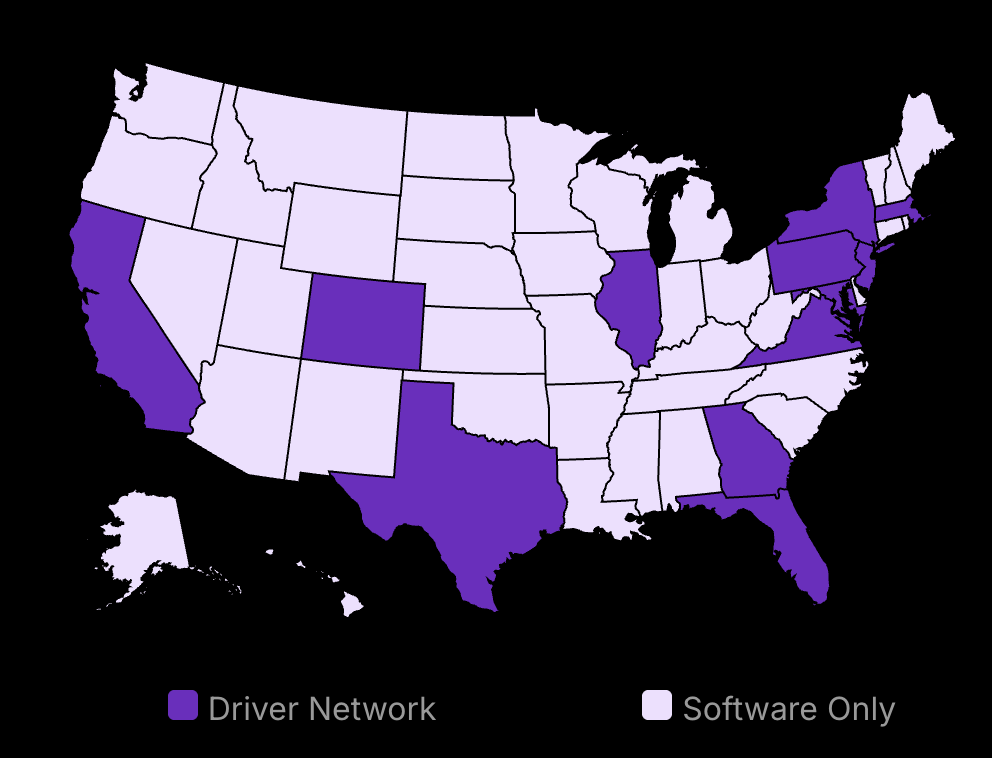In a world drowning in digital noise, a simple piece of paper still holds immense power. Are you skeptical? Good. That’s exactly why you need to read this.
Imagine this: You’re at a bustling networking event. Conversations buzz around you. You lock eyes with a potential client across the room. They approach. You exchange pleasantries. Then comes the moment of truth – “Do you have a card?”
Your hand hesitates. In that split second, an opportunity is won or lost.
Here’s a shocking truth: In 2024, when everything seems to be going digital, 72% of people still judge your business based on the quality of your business card. It’s not just a piece of paper; it’s a tangible representation of your brand, your professionalism, and your attention to detail.
But this isn’t about impressing others. It’s about arming yourself with a powerful tool that opens doors, sparks conversations, and leaves a lasting impression long after you’ve left the room.
Think business cards are outdated? Think again. In an age of fleeting digital connections, a well-designed business card online becomes a physical anchor, a reminder of a meaningful interaction.
Are you missing out on opportunities because you’ve underestimated the power of this small rectangle? Is your current card working as hard as you are?
The answers might surprise you. And they could be the key to unlocking your next big break.
Ready to discover why your business card might be the most underrated weapon in your professional arsenal? Let’s dive in.
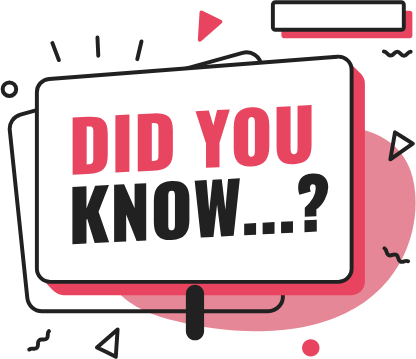
Metrobi drivers are rated 4.97 out of 5
Trusted by local businesses for:
- Background-checked professionals
- Specialized in business deliveries
- Same drivers for consistency
- 4.97/5 average delivery rating
Step 1: Understand the Importance of Professional and Custom Business Cards Design
-
First impressions count. A well-designed card sets the right tone.
-
Attention matters. Catching interest leads to more connections.
-
Quality speaks volumes. The bad design reflects poorly on your business.
Why First Impressions Matter
Business cards often introduce your business to potential partners, clients, or important contacts. In a world where opinions form quickly, these small cards can speak volumes. According to Credit Donkey, 72% of people decide their impression of a company based on its business card quality. This means design is not just an aesthetic choice. Design communicates your professionalism and the seriousness of your business. Discover the ideal dimensions for your professional needs by exploring our guide on the size of business cards, ensuring your design aligns with the importance of making a memorable first impression.
Reflects Your Professional Image
The design elements of your card—colors, fonts, and layout—should relate to your brand values. For instance, using a sleek design conveys modernity and forward-thinking, while classic designs might signify tradition and reliability. These choices set initial expectations about your business dynamics.
Impact on Networking Opportunities
Networking doesn’t end when you leave a room. Well-designed business cards extend the connection. They are conversation starters and serve as physical reminders that help people remember meetings. Stats show that handing out business cards increases a company’s sales by 2.5% for every 2,000 cards distributed. This tangible impact highlights the square business card’s role in follow-ups and memory retention.
Capturing and Holding Attention
A memorable card leaves a mark. Unique design elements like embossing, unusual shapes, or vivid colors draw attention. They make potential clients curious and encourage them to hold onto the card. This means an increased probability that long after your meeting, your business details remain with them.
Common Misconceptions
Some people think digital contact exchanges make business cards obsolete. Others argue that a flashy design is always better. In reality, neither is true. Cards aren’t just about efficiency but creating a personal touch that tech can’t replicate. As design consultant Venngage points out, strong design boosts brand recall and values.
By understanding these fundamental elements, you’ll be better equipped to see why investing in professional business cards and design services is crucial not just for handing out information but for crafting memorable impressions that count in the long run. To bring your vision to life, exploring unique business card template ideas can make a significant difference. These templates offer a blend of creativity and professionalism, ensuring you stand out in networking situations. Discover inspiring options for your cards that perfectly align with your brand by checking out our selection of excellent business card templates.
Step 2: Identify the Benefits of Unique Business Card Features
-
Stand-out features can set your brand apart.
-
Unique business cards spark conversations.
-
Functional features lead to immediate engagement.
Boosting Brand Identity by Business Card Printing
Differentiating your brand is pivotal in today’s crowded marketplace. Unique business card features can elevate your brand identity. They make your folded business cards more memorable. Think about alternative shapes or textured paper. These choices make your business card designs stand out, sparking intrigue and discussion. A custom feature can be as simple as a unique color scheme. It creates a visual link to your brand that people remember.
However, some argue that too many custom features might detract from clarity. Michael Blumenthal once noted, “The key to having an effective business card is to keep it simple.” His advice suggests finding a balance between uniqueness and simplicity. Here’s where expert opinions vary. Some professionals are willing to sacrifice visual clarity for memorability. Others argue that too many features can lead to a cluttered appearance.
Encouraging Engagement
Business cards can be more than just contact information. If designed creatively, they encourage engagement. For example, incorporating features like QR codes could facilitate instant connections. With one scan, a contact could be on your site, viewing your portfolio. In this digital age, encouraging immediate engagement is a strategic advantage. Companies like Uniqode are integrating such interactive elements within their solutions. Their digital business cards use analytics to track engagement, making follow-ups easier.
Some suggest that these interactive elements may shift focus away from square business cards to personal interaction. The traditional card exchange often establishes initial rapport, something digital interactions might not capture. On the other hand, digital connectivity can bridge the gap right from the first contact.
Functional Features Create Value
Functional features on business cards add layers of value. A multifunctional card can include things like a built-in stand or reusable surface. It isn’t just about making an impression but providing utility. For a tech company, a card that doubles as a USB drive aligns with its brand ethos. They make the card a tool beyond contact exchange.
Yet, this paper type of innovation raises logistical concerns too. The production costs can be high. Also, there’s the possibility of annoying clients with unwanted features. The cost-benefit balance matters. It’s essential to ensure the feature aligns with the brand promise.
Enhancing Professionalism
A unique business card also enhances perceived professionalism. A top business card sizes one that screams quality signals the same about the services offered. Material choice, print quality, and design precision reflect directly on your own business cards. This perception extends to your brand’s promise and reliability.
On the flip side, too much focus on designing standard business cards can be misleading. A flashy design might overshadow the actual business competencies if not handled well. It’s crucial to maintain harmony between form and function. A business card is not just a visual treat but a professional statement.
Supporting Brand Storytelling
Unique business cards online contribute to storytelling. A picture, color scheme, or even material choice can encapsulate brand narratives. A memorable business card subtly tells a part of your brand story. For individuals working in creative fields like design or arts, storytelling through business cards is even more critical. Every visual element employed becomes part of the communication process.
While it’s good to tell a story, the too-detailed design might confuse customers about the intended message on business days. Simplicity often complements storytelling, especially when considering business communications. Balancing creativity with focus is key to effective branding on business cards.
Overall, business cards with unique features are not just about aesthetics. They knit together brand identity, engagement tools, professional aims, and storytelling in small, tangible forms. Whether you choose new tech or enhanced materials, these choices extend beyond mere contact cards. They become dynamic brand representatives.
Step 3: Business Card Design Tips for Entrepreneurs
-
Use brand colors wisely for recognition and impact.
-
Keep text readable and clear.
-
Avoid overloading with unnecessary information.
Focus on Your Brand Colors When You Print Business Cards
Consistent Use of Colors Across Materials
Colors are tied to brand identity. Make sure your business card mirrors the color scheme of your other marketing materials. Consistent use helps others recognize your brand immediately, whether they see your business card, website, or office space. Consistency builds trust and aids in making a memorable impression.
Psychological Impact of Color Choices
Colors, beyond just aesthetics, influence how people perceive a brand. For example, blue often signifies trust and professionalism, while green represents growth and tranquility. It is better to choose colors aligning with your brand message to evoke the intended reaction. A strategic choice in color can enhance your card’s effectiveness in delivering the desired message.
Ensure Readability
Prioritize Clarity over Complexity
Clear and straightforward text is crucial for a business card. You should avoid using too many details or elaborate text which can overwhelm the design. Simple and clear text ensures that recipients can easily understand what you offer.
Choose Fonts Reflecting Brand Personality
Fonts should match your brand’s voice, yet remain legible. A modern tech company might lean towards sleek, sans-serif fonts. A law firm might use a traditional serif typeface. Stay cautious of overly decorative fonts which can compromise readability, especially at smaller sizes. You should choose wisely to strike a balance between character and clarity.
Do Not Overstuff Information
Prioritize Essential Contact Details
Include your name, title, company name, phone number, email, and website. These are the essentials. Anything else risks cluttering your card and distracting from the key contact points.
A unique and memorable company name can make a strong impression, enhancing brand recall. When naming a company, choose carefully; a distinctive name can set you apart in a crowded market.
Less is more in effective business card design—focus on key information to keep it easy to spot and remember. Focus on key information to your business card dimensions to ensure it’s easy to spot and remember.
Include Social Media Handles Selectively
Adding social media handles can be beneficial, but include them only if they reinforce your professional image. If social networks play a key role in your business, like LinkedIn for B2B services, consider including them. Avoid adding too many links or platforms, as they can crowd the space.
Step 4: Incorporate Essential Elements of a Standout Business Card
-
Place your logo where it stands out.
-
Choose materials that reflect your brand.
-
Add a call to action.
Logo Placement
Making sure people notice your logo on a business card is key. Start by placing it on either the top left corner or center. These spots draw the eye first. Your logo needs to look clear and sharp. This means using high-resolution images and vector graphics. You should avoid stretching or resizing your logo in ways that can alter its proportions or quality.
It’s not just about size; it’s also about balance. A well-placed logo should anchor the design without overshadowing other essential details. Align the logo with the card’s overall shape and layout, considering the flow towards other elements like your name and tagline. This will help create a cohesive design that feels intentional.
High-Quality Material Selection
Your choice of materials speaks volumes about your company. You can start by selecting a thick, enduring cardstock. A card that’s too thin feels cheap and insubstantial. For a unique touch, explore options like matte finishes or textures. These add a tactile quality that lingers in the memory.
Exploring Advanced Materials
Try modern materials to stand out. Metal cards are gaining popularity, and they leave a strong impression. If eco-friendly options are important to your brand, consider recycled paper stock or bamboo. Make sure the material choice fits with your industry and brand message. For a tech-forward brand, transparent plastic might be a game-changer.
Call-to-Action and Unique Selling Proposition
Including a call-to-action (CTA) can transform your card from a simple contact tool into a driver for engagement. First, decide what action you want recipients to take. Whether it’s visiting your website or calling your business, you should make it clear. A popular way to incorporate a CTA is through QR codes. These can direct prospects straight to your website, a special offer, or a portfolio page.
Crafting a Compelling Tagline
In addition to a CTA, a short, punchy tagline captures your brand’s unique selling proposition (USP) at a glance. Keep it under ten words. It should communicate what makes you different. Test your tagline with colleagues or trusted clients to ensure it resonates. Align it with your brand’s voice and values, and position it near your contact details for coherence.
Incorporating these elements effectively can transform a standard business card into a memorable branding tool. By following these steps, you ensure that your printed name in standard business card size stands out in a pile and prompts action, which ultimately contributes to sustained business growth.
Your Business Card, Your Legacy
A well-designed business card is more than paper—it’s your brand’s ambassador. It speaks when you’re not there, opens doors, and leaves lasting impressions. This tangible piece of your identity stands out in a world of digital noise. It’s not just about contact info; it’s about connection, credibility, and opportunity. Your card is often the first and last physical reminder of your business that someone receives. It is better to invest time in its design, material, and message.
Remember, every detail matters—from color psychology to tactile quality. Your card isn’t just a tool; it’s a statement about your commitment to excellence. In networking moments, it can be the difference between being forgotten or being called. So, take pride in your card. Update it regularly. Make it work for you. Because in the end, your business card isn’t just representing your company—it’s representing you. And you, as a business owner, are worth more than a hastily scribbled number on a napkin. You’re worth remembering.

